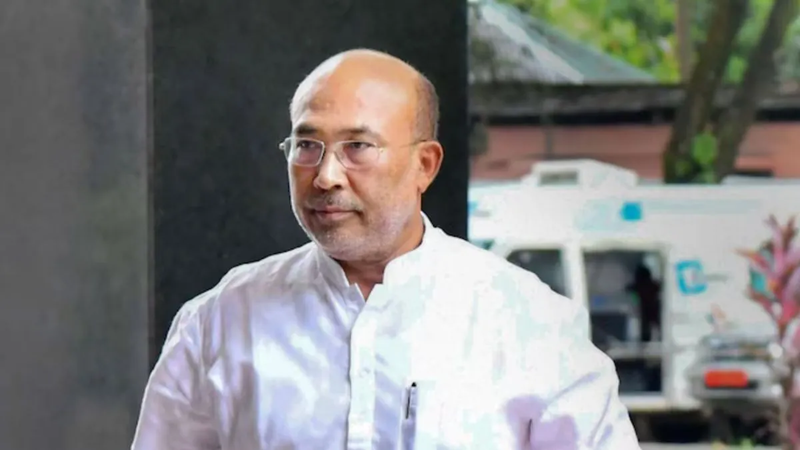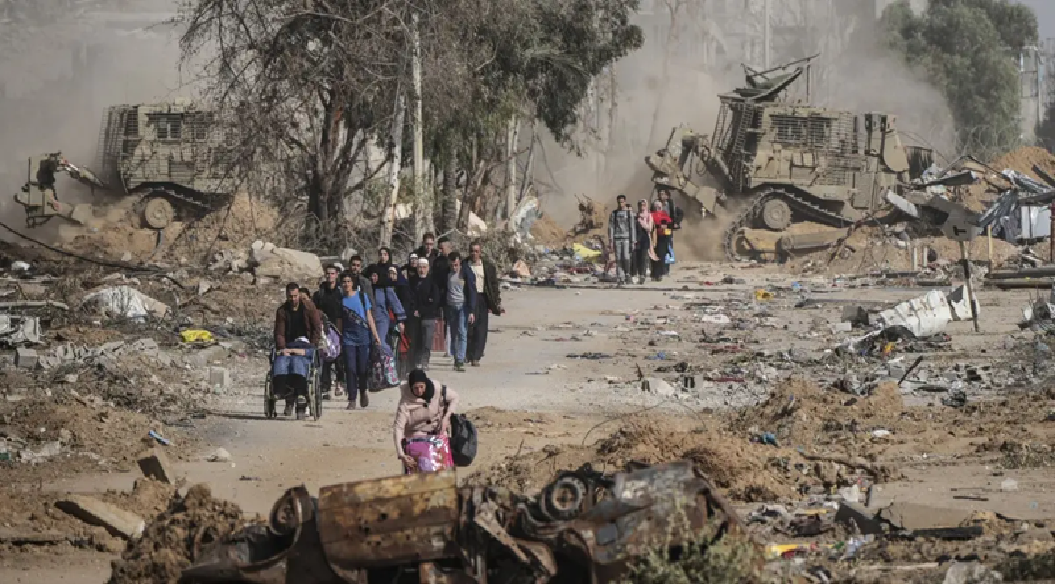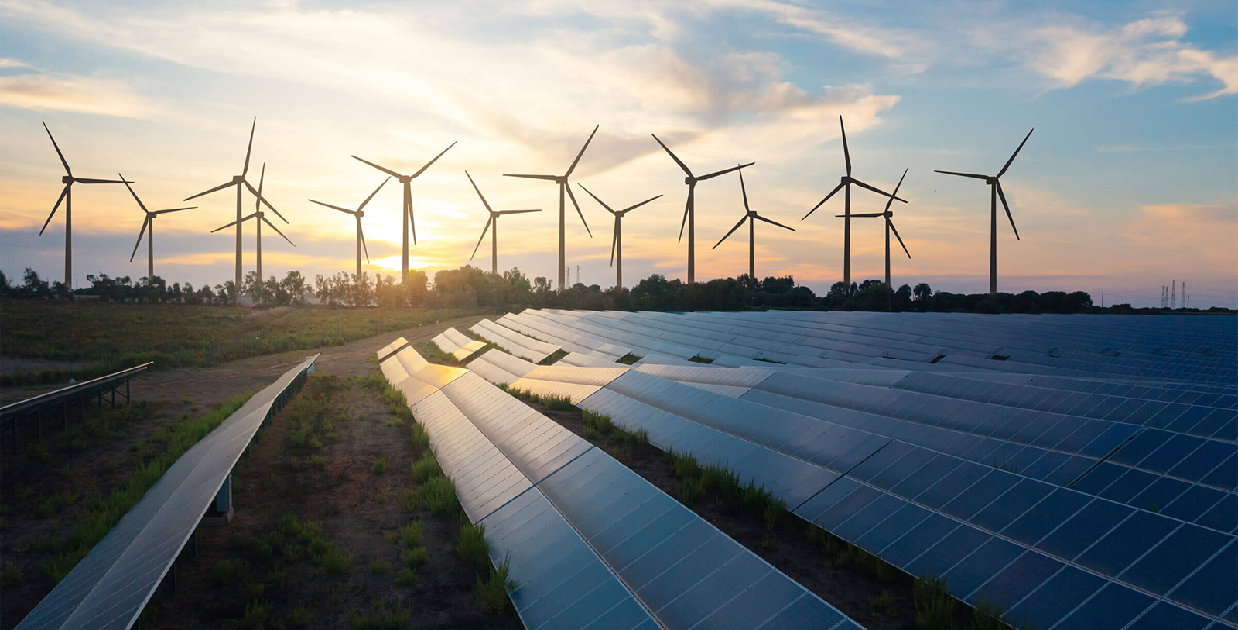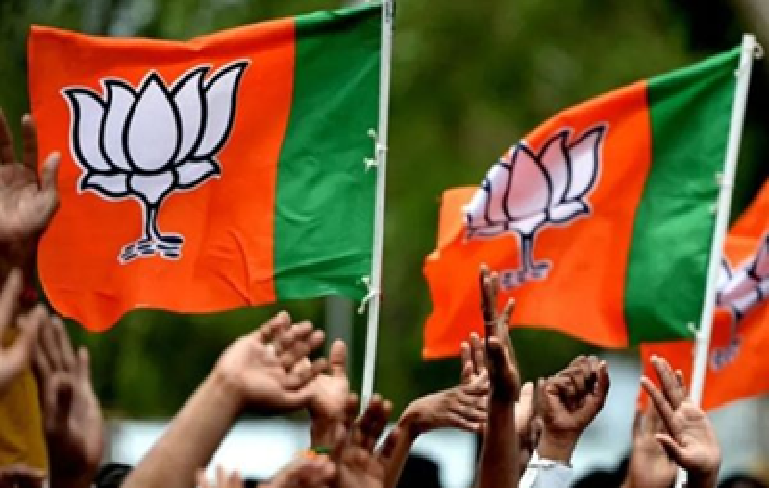
Preparing for the deluge
Bengaluru has received several pre-monsoon showers during the past one week. This being the annual feature of the City’s climate, more of them will keep drenching the city till monsoons from the Arabian Sea hit the southern peninsula between the end of May and beginning of June.
Monsoons predictably herald a season of woes for the City what with colonies in low-lying areas getting inundated, lakes breaking banks and concretized surface preventing water from seeping into the earth. Last year, the city witnessed collapse of several buildings in November-December due to unprecedented heavy downpours during the second monsoon. Several of them were decrepit structures which needed to be pulled down. But the newer among them were those that had been constructed in violation of zonal regulations by fly-by-night builders. This should not have been the case, given that summers are getting more torrid by the years due to depletion of green foliage, vanishing of lakes and increasing emission in the wake of relentless increase in automobile numbers. The monsoon is more feared than welcomed by many residents who inhabit areas with poor drainage.
Pre-monsoon showers have already provided some foretaste of what havoc the regular monsoons may wreak on hapless citizens. Downpour so far has already shown how vulnerable people are due to falling trees, waterlogging, potholes rendered invisible during rainy nights, and unpaved roads in areas that were integrated with the municipal area of the city over a decade ago. Flash floods have been reported from several areas. Residents from many areas have even complained of sewage mixed water entering their homes.
Flooding is caused due to the unwieldy growth of the city and encroachment of rajakaluves and lakes. Bengaluru is situated on a sloping plateau from north to south. It used to have 400 lakes when Kempegowda laid the foundation of the city. Merely 70 of them survive to this day. Earliest of the town planners, Col. Sankey built rajakaluves or storm water drains (SWD) connecting all the lakes from Jakkur to Varthur. Serving as passages for rainwater, these allowed the excess water from lakes in the north to flow to lakes at the lower altitude and finally out of the city into Pinakini river. During the last four decades, several of them have been encroached upon. The ones that survive often get choked due to dumping of garbage and plastic waste. Gushing water therefore enters residential localities with low-lying areas more vulnerable. Last year CM Bommai announced a Rs. 900-crore package to retrieve rajakaluves and build diversion channels. But there seems to be no progress on the front.
The city receives 92 inches average rainfall a year. If harvested and conserved, it can boost the groundwater level. Water conservationists have advised large water conservation pits to be dug in gardens and open spaces to capture the run-offs. It will additionally help eliminate the waterlogging of several areas.
These measures can turn the monsoon a pleasurable experience for Bengalureans who in any case have little of the former ‘City of Gardens’ left for them to savour.
 English daily published in Bengaluru & Doha
English daily published in Bengaluru & Doha






